-
 Bitcoin
Bitcoin $111200
0.03% -
 Ethereum
Ethereum $4321
0.45% -
 Tether USDt
Tether USDt $0.9999
-0.02% -
 XRP
XRP $2.824
0.89% -
 BNB
BNB $856.7
1.36% -
 Solana
Solana $204.4
0.79% -
 USDC
USDC $0.9998
0.00% -
 Dogecoin
Dogecoin $0.2178
2.21% -
 TRON
TRON $0.3317
-1.04% -
 Cardano
Cardano $0.8334
2.36% -
 Hyperliquid
Hyperliquid $47.48
5.04% -
 Chainlink
Chainlink $22.43
0.45% -
 Ethena USDe
Ethena USDe $1.001
0.01% -
 Bitcoin Cash
Bitcoin Cash $615.9
4.10% -
 Sui
Sui $3.404
2.84% -
 Stellar
Stellar $0.3610
1.92% -
 Avalanche
Avalanche $24.44
1.03% -
 Hedera
Hedera $0.2185
1.99% -
 Cronos
Cronos $0.2710
2.40% -
 UNUS SED LEO
UNUS SED LEO $9.567
0.12% -
 Litecoin
Litecoin $112.4
1.13% -
 Toncoin
Toncoin $3.084
-0.52% -
 Shiba Inu
Shiba Inu $0.00001239
2.12% -
 Polkadot
Polkadot $3.881
2.85% -
 Uniswap
Uniswap $9.394
0.47% -
 Dai
Dai $0.9997
-0.02% -
 Ethena
Ethena $0.7621
16.86% -
 Monero
Monero $269.5
0.69% -
 Aave
Aave $302.2
-1.65% -
 World Liberty Financial
World Liberty Financial $0.1825
-0.64%
How to trade Ethereum futures?
Ethereum futures let traders bet on ETH’s future price without owning it, using leverage on regulated exchanges like CME, with risks and strategies to manage.
Sep 05, 2025 at 03:54 pm
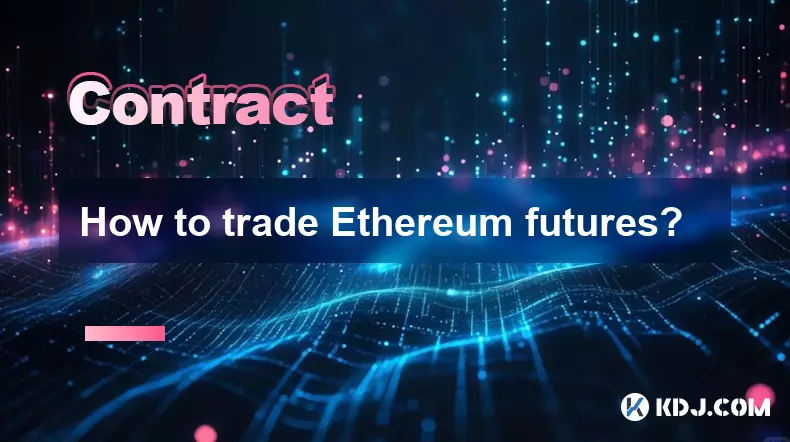
Understanding Ethereum Futures Basics
1. Ethereum futures are financial derivatives that allow traders to speculate on the future price of ETH without owning the underlying asset. These contracts obligate the buyer to purchase, and the seller to sell, a specific amount of Ethereum at a predetermined price on a set date in the future.
2. Trading occurs on regulated exchanges such as CME (Chicago Mercantile Exchange), which launched Ethereum futures in early 2021. These platforms provide transparency, margin trading, and standardized contract sizes, usually representing 5 ETH per contract.
3. Futures contracts come with expiration dates—typically quarterly or monthly. Traders can go long (betting the price will rise) or short (betting the price will fall), depending on their market outlook.
4. Leverage is a key feature of futures trading, enabling traders to control large positions with relatively small capital. However, leverage amplifies both gains and losses, increasing risk exposure significantly.
5. The pricing of Ethereum futures often reflects the spot price of ETH but can diverge due to market sentiment, funding rates, and macroeconomic factors. This difference is known as the basis or premium.
Setting Up for Ethereum Futures Trading
1. Choose a reputable futures exchange that offers Ethereum futures, such as CME, OKX, or Bybit. Ensure the platform is compliant with regulations in your jurisdiction and offers robust security measures.
2. Complete the necessary identity verification (KYC) and fund your trading account. Most platforms accept deposits in stablecoins like USDT or fiat currencies, depending on availability.
3. Familiarize yourself with the trading interface, including order types (market, limit, stop-loss), margin requirements, and liquidation thresholds. Misunderstanding these can lead to unexpected losses.
4. Decide between isolated and cross-margin modes. Isolated margin limits risk to a specific position, while cross-margin uses the entire account balance as collateral, increasing exposure.
5. Use a hardware wallet or secure cold storage for any long-term holdings. Never keep large amounts of funds on an exchange beyond what is actively being traded.
Strategies for Trading Ethereum Futures
1. Trend-following strategies involve entering positions based on directional momentum. Traders use technical indicators like moving averages, MACD, or RSI to identify upward or downward trends in ETH price.
2. Mean reversion strategies assume that prices will return to their historical average. When ETH futures trade at extreme premiums or discounts, traders may take contrarian positions expecting a correction.
3. Arbitrage opportunities arise when there’s a price discrepancy between spot ETH and futures contracts. Traders can simultaneously buy on one market and sell on the other to capture risk-free profits, though execution speed is critical.
4. Calendar spreads involve taking offsetting positions in futures contracts with different expiration dates. For example, going long on a near-term contract while shorting a far-term one to profit from changes in the futures curve.
5. Risk management is essential. Always set stop-loss orders to limit downside and avoid over-leveraging. Position sizing should align with your overall risk tolerance and account size.
Common Mistakes to Avoid in Ethereum Futures Trading
1. Over-leveraging is one of the most frequent causes of account blowouts. Using excessive leverage may amplify profits, but even small price movements against your position can trigger liquidation.
2. Ignoring funding rates in perpetual futures contracts can erode profits over time. Long positions pay short positions when funding rates are positive, so holding through high funding environments can be costly.
3. Failing to monitor open positions during volatile market conditions can lead to unexpected liquidations. Ethereum is known for sharp price swings, especially around macroeconomic announcements or network upgrades.
4. Chasing losses by increasing position size after a losing trade often leads to deeper drawdowns. Emotional decision-making undermines disciplined trading strategies.
5. Not understanding the difference between deliverable and cash-settled contracts can result in unintended obligations. Most retail traders prefer cash-settled futures to avoid handling actual ETH delivery.
Frequently Asked Questions
What is the minimum amount needed to start trading Ethereum futures?Many exchanges allow traders to start with as little as $10–$50, depending on the contract size and leverage offered. However, a larger initial capital provides more flexibility in managing risk and absorbing market volatility.
How do funding rates work in Ethereum perpetual futures?Funding rates are periodic payments exchanged between long and short traders to keep the futures price close to the spot price. If rates are positive, longs pay shorts; if negative, shorts pay longs. These payments occur every 8 hours on most platforms.
Can I trade Ethereum futures 24/7?Yes, most cryptocurrency futures markets operate around the clock, unlike traditional financial markets. This allows traders to react to global news and events in real time, though liquidity may vary during off-peak hours.
What happens when an Ethereum futures contract expires?Upon expiration, the contract is settled in cash based on the reference price, typically an average of the spot market price over a set period. Open positions are automatically closed, and profits or losses are credited to the trader’s account.
Disclaimer:info@kdj.com
The information provided is not trading advice. kdj.com does not assume any responsibility for any investments made based on the information provided in this article. Cryptocurrencies are highly volatile and it is highly recommended that you invest with caution after thorough research!
If you believe that the content used on this website infringes your copyright, please contact us immediately (info@kdj.com) and we will delete it promptly.
- Cryptos, Future, Investment: Spotting the Next Big Thing in the Wild World of Digital Assets
- 2025-09-06 08:45:13
- Arctic Pablo, Trump Coin & Crypto Mania: What's the Deal?
- 2025-09-06 09:05:13
- BullZilla ($BZIL): Riding the Meme Coin Wave with Presale Price Potential
- 2025-09-06 06:45:14
- Bitcoin Whale Awakens: $10 Billion Ethereum Shift?
- 2025-09-06 06:25:11
- Cardano, Pi Network, and Presale Altcoins: What's the Buzz?
- 2025-09-06 04:45:15
- Bitcoin Hashrate, Price, and ATH: Navigating the Crypto Landscape
- 2025-09-06 04:30:12
Related knowledge

What to do if you are about to be liquidated?
Sep 06,2025 at 01:00am
Understanding Liquidation in the Crypto Market1. Liquidation occurs when a trader’s margin balance falls below the required maintenance margin, forcin...

How to trade Ethereum futures?
Sep 05,2025 at 03:54pm
Understanding Ethereum Futures Basics1. Ethereum futures are financial derivatives that allow traders to speculate on the future price of ETH without ...
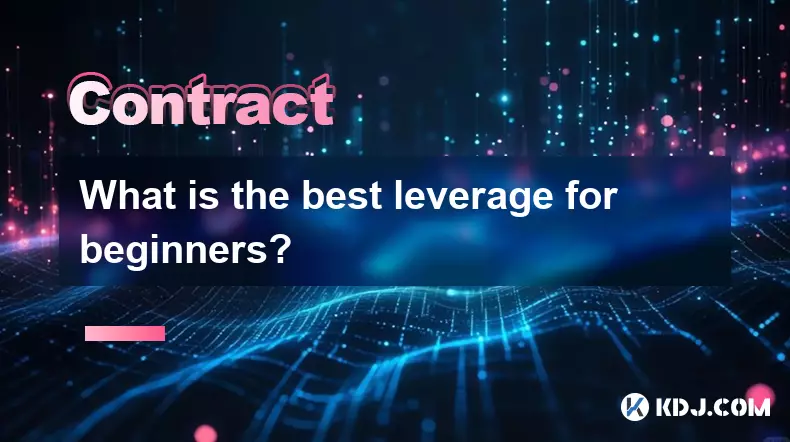
What is the best leverage for beginners?
Sep 06,2025 at 02:37am
Understanding Leverage in Cryptocurrency Trading1. Leverage allows traders to borrow funds to increase their position size beyond their available capi...
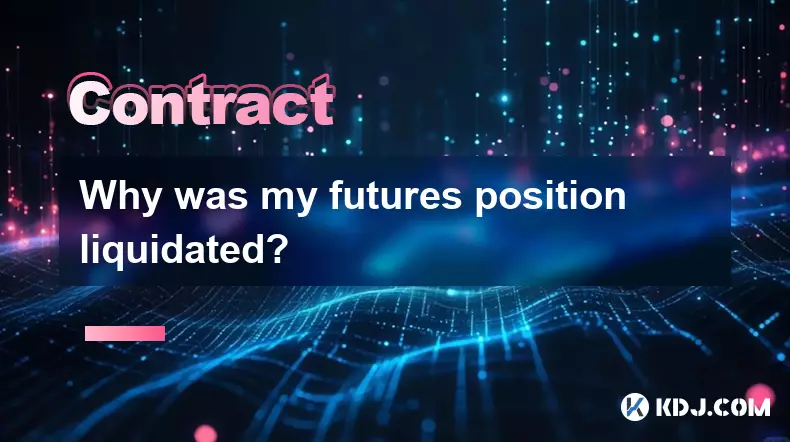
Why was my futures position liquidated?
Sep 06,2025 at 12:18am
Decentralized Exchanges and Their Impact on Crypto Trading1. Decentralized exchanges (DEXs) have reshaped the way users interact with digital assets b...
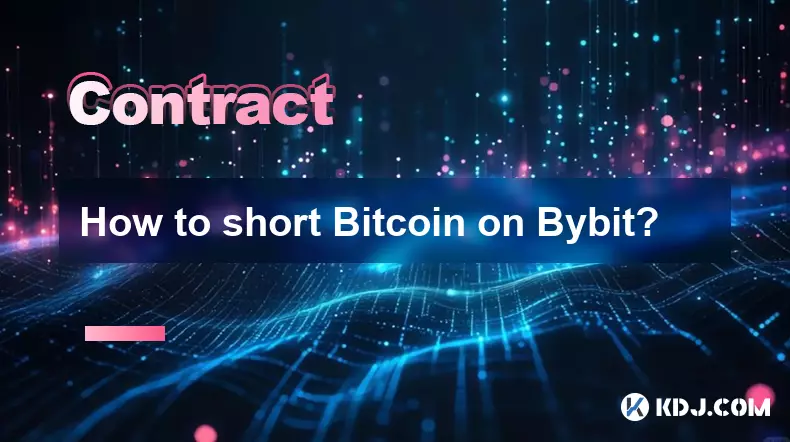
How to short Bitcoin on Bybit?
Sep 06,2025 at 04:36am
Understanding Short Selling on Bybit1. Short selling Bitcoin on Bybit allows traders to profit from price declines. This strategy involves borrowing B...
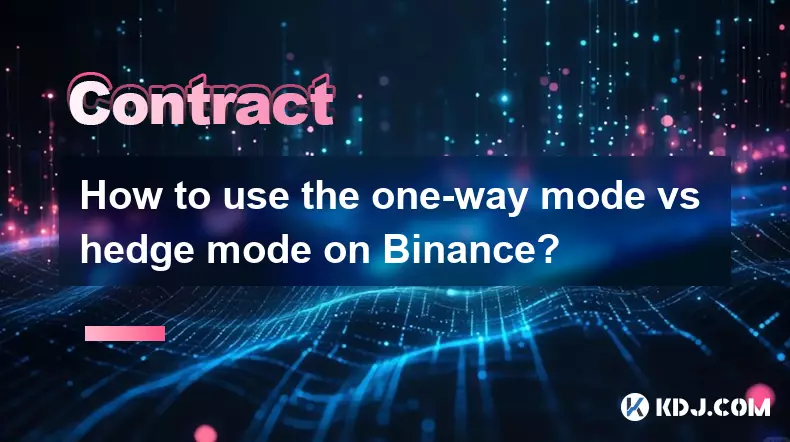
How to use the one-way mode vs hedge mode on Binance?
Sep 06,2025 at 07:54am
Understanding One-Way Mode on Binance1. One-way mode functions as a linear trading system where each position is independent and directional. Traders ...

What to do if you are about to be liquidated?
Sep 06,2025 at 01:00am
Understanding Liquidation in the Crypto Market1. Liquidation occurs when a trader’s margin balance falls below the required maintenance margin, forcin...

How to trade Ethereum futures?
Sep 05,2025 at 03:54pm
Understanding Ethereum Futures Basics1. Ethereum futures are financial derivatives that allow traders to speculate on the future price of ETH without ...

What is the best leverage for beginners?
Sep 06,2025 at 02:37am
Understanding Leverage in Cryptocurrency Trading1. Leverage allows traders to borrow funds to increase their position size beyond their available capi...

Why was my futures position liquidated?
Sep 06,2025 at 12:18am
Decentralized Exchanges and Their Impact on Crypto Trading1. Decentralized exchanges (DEXs) have reshaped the way users interact with digital assets b...

How to short Bitcoin on Bybit?
Sep 06,2025 at 04:36am
Understanding Short Selling on Bybit1. Short selling Bitcoin on Bybit allows traders to profit from price declines. This strategy involves borrowing B...

How to use the one-way mode vs hedge mode on Binance?
Sep 06,2025 at 07:54am
Understanding One-Way Mode on Binance1. One-way mode functions as a linear trading system where each position is independent and directional. Traders ...
See all articles

























































































